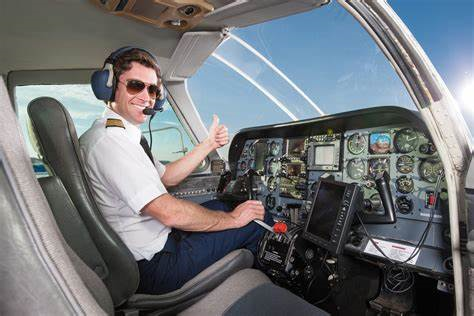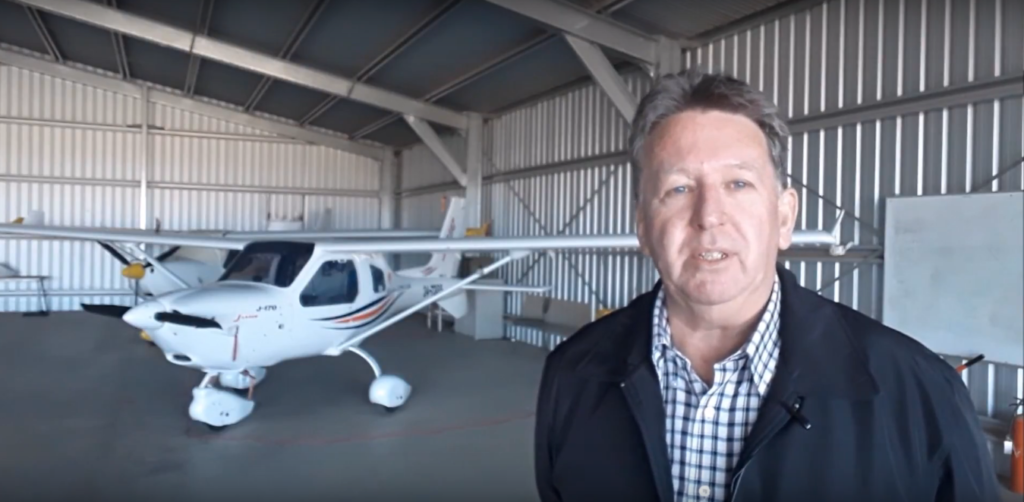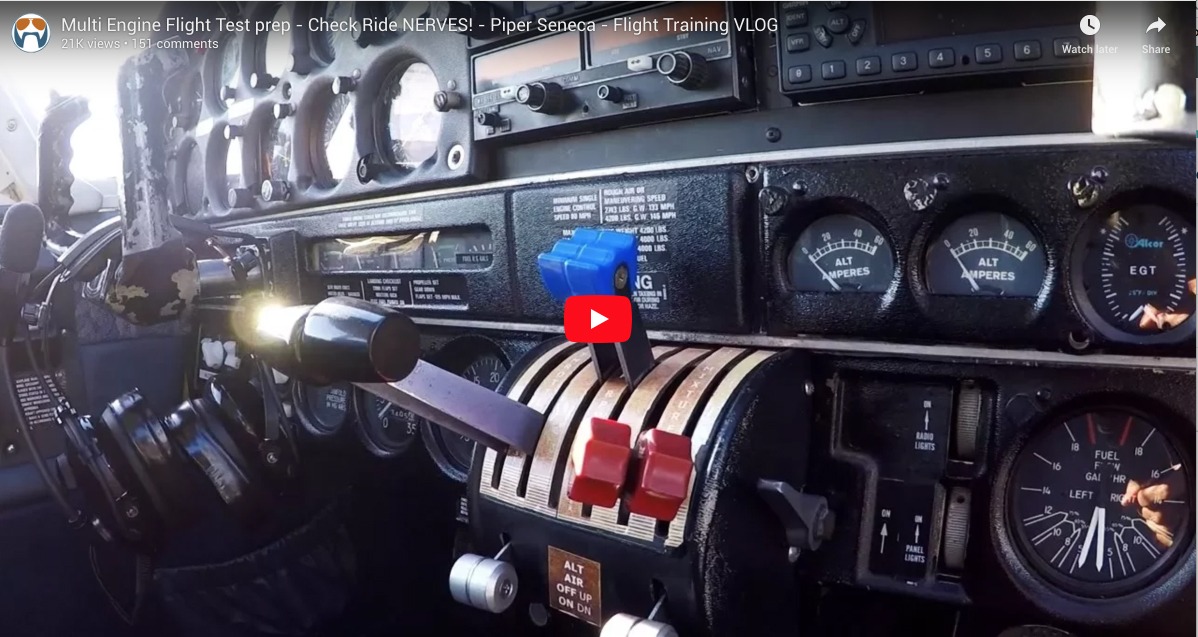X-Plane 12 Baron 58 Complex & Multi-Engine Checkride Challenge.
X-Plane 12 Baron 58 Complex & Multi-Engine Checkride Challenge!
Are you ready to level up your flight simulation skills? The Baron 58 in X-Plane 12 offers the perfect platform to simulate what the FAA defines as a complex aircraft featuring retractable landing gear, controllable pitch propellers, and flaps. The added complication with managing managing two engines with there adjustable propellers as well as mixture and manifold pressures to manage. Its going to be more complex than the Jabiru or Diamond DA20 I flew in the past.

In this post, we’ve created a simulated checkride challenge inspired by real world FAA multi-engine and complex aircraft procedures, tailored for desktop pilots flying in X-Plane 12, MSFS, or P3D.
Whether you’re brushing up on flight training procedures or just want a new challenge, this guide blends realism with sim-specific techniques to improve your skills.
What Is a Complex Aircraft?
According to the FAA, a complex aircraft must have:
- Retractable landing gear
- A controllable-pitch (constant-speed) propeller
- Flaps
The Baron 58 checks all the boxes and with two engines, you’re also diving into the world of multi engine management: asymmetric thrust, engine-out procedures, and Vmc considerations.
Managing the combination of propeller to manifold pressure are always in the mix needing adjustment as you need to climb, cruise and descend to land at your destination. Then with all this we need to remember the gear extension or retraction plus having the correct amount of flaps for the given situation.

There’s a lot going on so doing all of this while navigating around the country side, avoiding other aircraft, chatting with ATC becomes quite busy then throw in a failure no matter whether its minor or major the pilot workload grows exponentially.
Are you up to the challenge? Let’s find out!
Here is a quick reference guide for the Baron 58 but if your flying any other X Plane 12 aircraft check out other QUICK REFERENCE GUIDES here to download in PDF format.
Pre-Checkride Preparation
Before the checkride, familiarize yourself with:
- Engine start procedures (mixture/prop/throttle coordination)
- Taxiing with differential thrust and braking
- Run-up procedures for both engines
- Constant-speed prop operation
- Gear and flap limitations
- Engine-out emergency procedures
- Vmc and asymmetric thrust concepts
Be sure to practice engine management, as explained in our X-Plane 12 Engine Management Guide, to avoid overheating or improper handling. As previously mentioned there is a lot happening as well as being under pressure by an examiner. You need to be absolutely impeccable in your use of the systems that are included in this Multi Engine Checkride for Complex aircraft in X Plane 12 and beyond.
If your flying in X Plane 12, Microsoft Flight Simulator or Prepar3d you can also still use the documents included here for your own Complex Aircraft Checkride flight. Its very non Simulator specific really.

Multi Engine Complex Failures
In multi-engine aircraft like the Baron 58, system failures can be more complex than in single-engine planes due to the added redundancy and complexity of having two engines and more sophisticated systems.
While losing an engine is the most serious and commonly trained emergency, pilots must also be prepared for various other potential failures that could affect safety, performance, and decision-making.

These can involve failures or partial failures with fuel, electrical, hydraulics, or propeller systems. Recognizing and diagnosing these issues quickly is critical in maintaining control and ensuring a safe outcome.
Here’s a list of some common multi-engine system failures every pilot should be prepared for in flight simulators or real-world operations:
Common Multi-Engine System Failures
- Engine Failure (Complete or Partial) – Asymmetric thrust, loss of performance, and increased workload.
- Propeller Overspeed – A runaway propeller can cause severe vibration and loss of control if not feathered.
- Alternator Failure (Single or Dual) – Loss of electrical power to avionics and critical instruments.
- Fuel Imbalance – Uneven fuel use can lead to control issues and potentially fuel starvation on one engine.
- Fuel Pump Failure (Engine or Auxiliary) – May cause engine roughness or failure if not addressed.
- Gear Extension/Retraction Failure – A failure in the landing gear system can require manual extension or cause a gear-up landing.
- Flap System Malfunction – Asymmetric flap deployment can cause roll/yaw instability, especially at low speed.
- Vacuum System Failure (if applicable) – Loss of gyroscopic instruments, which are vital for IMC flying.
- Fire (Engine or Electrical) – Requires immediate shutdown, feathering, and possibly an emergency descent or diversion.
- Pitot-Static System Blockage – Can result in unreliable airspeed or altitude readings, which is dangerous in IMC or emergencies.
- Brake or Nosewheel Steering Failure – Affects taxi, takeoff, and landing rollout; can cause runway excursions.
Each of these emergencies requires calm, trained responses using checklists, memorized procedures, and good airmanship. Practicing these failures in X-Plane 12 or other simulators like Prepar3d, Microsoft Flight Simulator helps pilots build confidence and muscle memory in case the real thing ever happens.
Simulated Checkride Challenge (Baron 58)

This challenge is self-guided but mirrors real FAA maneuvers. Try flying it from the left seat with realistic failures enabled.
The intent is to make it as challenging but fun as well when taking this flight. Programing wide parameters for possible failures in the flight make the challenge just that more realistic. Electrical or hydraulic failures can be minor but be a bit of a headache when your already busy then systems are not reacting as you expect and your need to recognise comes into play.
You can make this as hard or as easy as you like! Maybe start out minor but progressively make it more the emergency as you refly the test. Hey do what makes the flight entertaining and challenging as you like. Have fun!
1. Pre-Takeoff Brief
- Run-up both engines (magneto check, prop cycle, alternate air)
- Sim brief: “Any engine issues, I’ll maintain directional control, identify, verify, and feather.”
The IDENTIFY – VERIFY – FEATHER is a great guide and especially the VERIFY because on many occasions the GOOD engine gets shut down by mistake because the pilot did not verify correctly. If you have a Copilot then confirm and then shutdown! Teamwork.
All pretty basic stuff but noticing RPM or manifold issues here could help you later in the flight if one engine is not reacting as normal even if its a small variation.
2. Normal Takeoff
- Flaps up, full power (manifold pressure and RPM monitored)
- Positive rate, gear up
- Climb at Vyse (best single-engine rate)
Fly your takeoff and climb as normal and if needed reference your POH Checklist available down below to reference the best speeds as well as Manifold – Prop and Mixture settings.
Takeoff performance will vary with Altitude – Density Altitude and Temperature of the outside air. Remember cold air gives more engine power and more lift but hot conditions deliver the OPPOSITE in lower engine power and less lift!

Even watching the performance of JET FIGHTERS in places like Brisbane to Malaysia and then at 7500 ft altitude in hot Saudi Arabia there is a massive difference in performance of the same aircraft!
3. Climb and Engine Fail at 3,000 ft AGL
- Simulate engine failure: pull back one mixture or fail engine in the failures menu
- Maintain heading and airspeed
- Identify dead engine (dead foot = dead engine)
- Verify with throttle and feather propeller
- Secure engine (mixture, prop, throttle, fuel, mags, alternator)
- Climb at Vyse
Get all trimmed up and ready to execute the procedures required by your examiner. Poor planning delivers poor performance! You could have chair flown this flight before even getting to the airport. Going over every aspect at home before the pressure rises is a great way to have everything at the front of mind.
Poor planning delivers poor performance!
4. Single-Engine Approach and Landing
- Pattern altitude on one engine
- Gear down only when landing assured
- Flaps as required (full for short final)
- Maintain directional control through touchdown
Remember your rudder and keep the ball centred to make the best approach. Its unlikely an instructor would ask you to do this in a strong crosswind or on the crosswind runway if available but they may do so! Be prepared and fly the approach picture perfect! Remember the low speed dangers and adverse yaw that can catch you out.
Keep ahead on the power curve and don’t get behind it. Twins often struggle to recover if you get slow and the AOA starts to rise! Be ready for every eventuality.
5. Go-Around on One Engine (Bonus Challenge)
- Apply full power on the good engine
- Flaps to takeoff or up
- Gear up when positive rate
- Maintain Vyse
You would have to have messed it up pretty bad to have to do a single engine go around. I’m not sure if its really possible with some twins as the power available isn’t that much and certainly not an excess of it. Be careful but its a great piloting test.
Tips for Sim Pilots
- Use rudder pedals for realistic yaw control.
- Set custom failures to trigger engine-out scenarios randomly.
- Use real weather for added complexity or practice in crosswind conditions.
- Practice constant-speed propeller management—don’t leave it full forward at cruise.
Why Do This?
This challenge isn’t just for fun—it sharpens your:
- Multi-engine skills
- Energy management
- Emergency procedures
- Real-world aviation knowledge
You’ll leave with a much better understanding of what makes complex aircraft well, complex! It’s easy to say well that would never happen but if you check my blog on common complex multi engine failures you may be surprised!
Expand the Challenge
- Try the same flight with real ATC via PilotEdge or VATSIM.
- Attempt night operations or IFR weather conditions.
- Fly the checkride with a friend in shared cockpit mode.
Ready to take on the challenge?
Load up the Baron 58 in X-Plane 12, set up your sim for realism, and give yourself the ultimate pilot test.
Let us know in the comments how your checkride went? I would love to know what you thought of it and how many times it took you to pass it?
Did you earn your virtual complex & multi-engine endorsement?

X-Plane 12 Baron 58 Complex & Multi-Engine Checkride.
I very much hope you take the challenge and expand your knowledge of your chosen aircraft as well as its systems. Its meant to be a fun challenge but lets all strive to do better and take our passion even further with this X-Plane 12 Baron 58 Complex & Multi-Engine Checkride challenge.
Author

Brendon McAliece (Aka Gunnie) is a military veteran with 23 years working on Jet Fighters, their weapons systems and ejection seat/module systems as well as munitions and R&D. Involved with flight simulation since the 1980s, he has flown all the major flight simulators over the years.
He is an Australian expat who has lived in Malaysia, UK, Saudi Arabia and more recently Thailand. He is a multi-lingual blogger who loves to share his life experiences here on LetsFlyVFR.com and DreamingGuitar.com, with his lifestyle and Travel experiences Blog plus his Dreaming Coffee website.
Learn More @
DreamingGuitar.com – DreamingCoffee.com – LetsFlyVFR.com
( HOME – BLOG – SHOP – ABOUT )
This page has been viewed 0 times.
As an Amazon affiliate I may benefit from qualifying sales.
